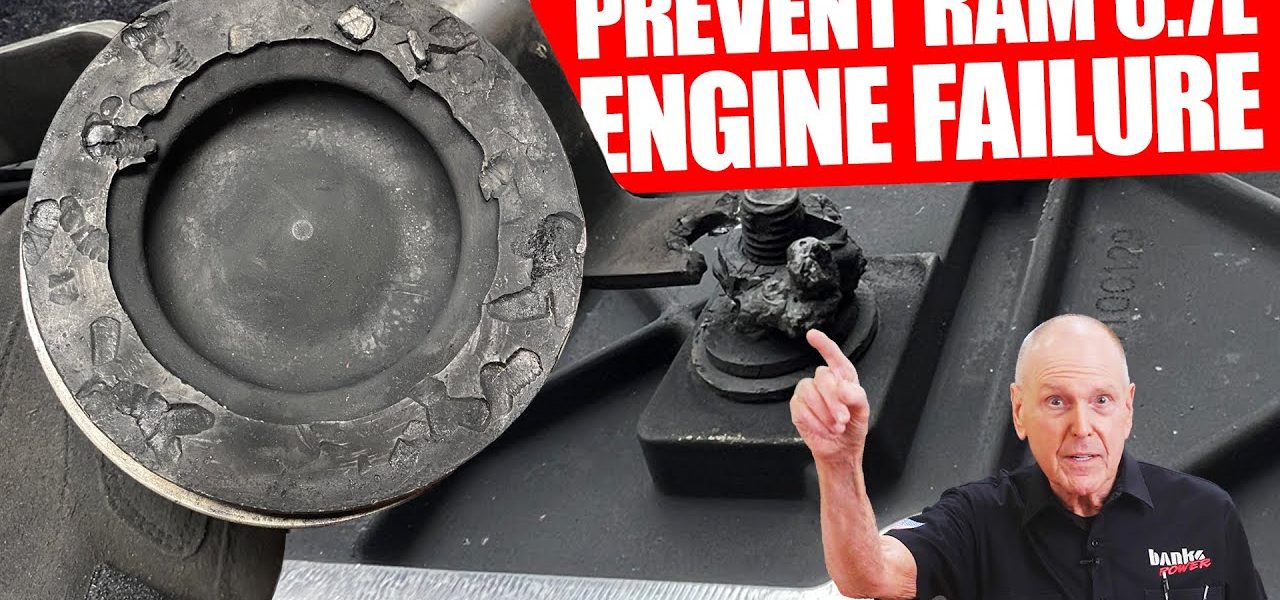Ford 6.7L Turbo Failure: What Went Wrong and How to Fix It
Full Video Transcript
00:00 so this is the Garrett dual boost VNT was gated dual compressor on a common shaft turbocharger and Ford used it in the 2011 to 2014 Power Stroke it’s this compressor I really want to show you two inlets into the turbocharger the conventional on Center Inlet and this
00:22 other Inlet that goes to what would be the back plate behind the compressor wheel so if we take off the compressor housing what we have here on a common shaft we have a compressor wheel with two faces and two sets of veins or thins on a common shaft the blade count looks
00:42 to be very similar I can’t see that much of the rear except in this cutaway that we’re showing you on screen and then it’s pretty obvious what’s going on the whole idea here was to have this work at low boost pressure low shaft speed low mass flow all the way up to high boost
01:01 pressure lots of density production and therefore lots of mass flow per CFM it’s all out here it’s like a popsicle on a stick you’ve got all this Mass dangling out on this shaft I can’t imagine the amount of money they spent on design bugging this out over a period of years
01:22 tooling it producing it only to have it gone in four years
During a detailed teardown of a 2011 Ford 6.7L Power Stroke, Gale Banks revealed the secrets behind their innovative turbo. Garrett’s single-sequential turbocharger featured an industry-first double-sided compressor wheel mounted on a single shaft. Turbocharger failures were common on 2011 and 2012 model year 6.7L Power Stroke-equipped pickups because of weak ceramic ball bearings. A switch was made to steel ball bearings. Unfortunately, it wasn’t enough to keep this turbo in production. Ford opted for a single-wheel compressor for the 2015 model year.
Related Sources
• Read about the evolution of Ford’s Power Stroke engines
• Discover Banks Power’s insights on turbo surge and prevention

